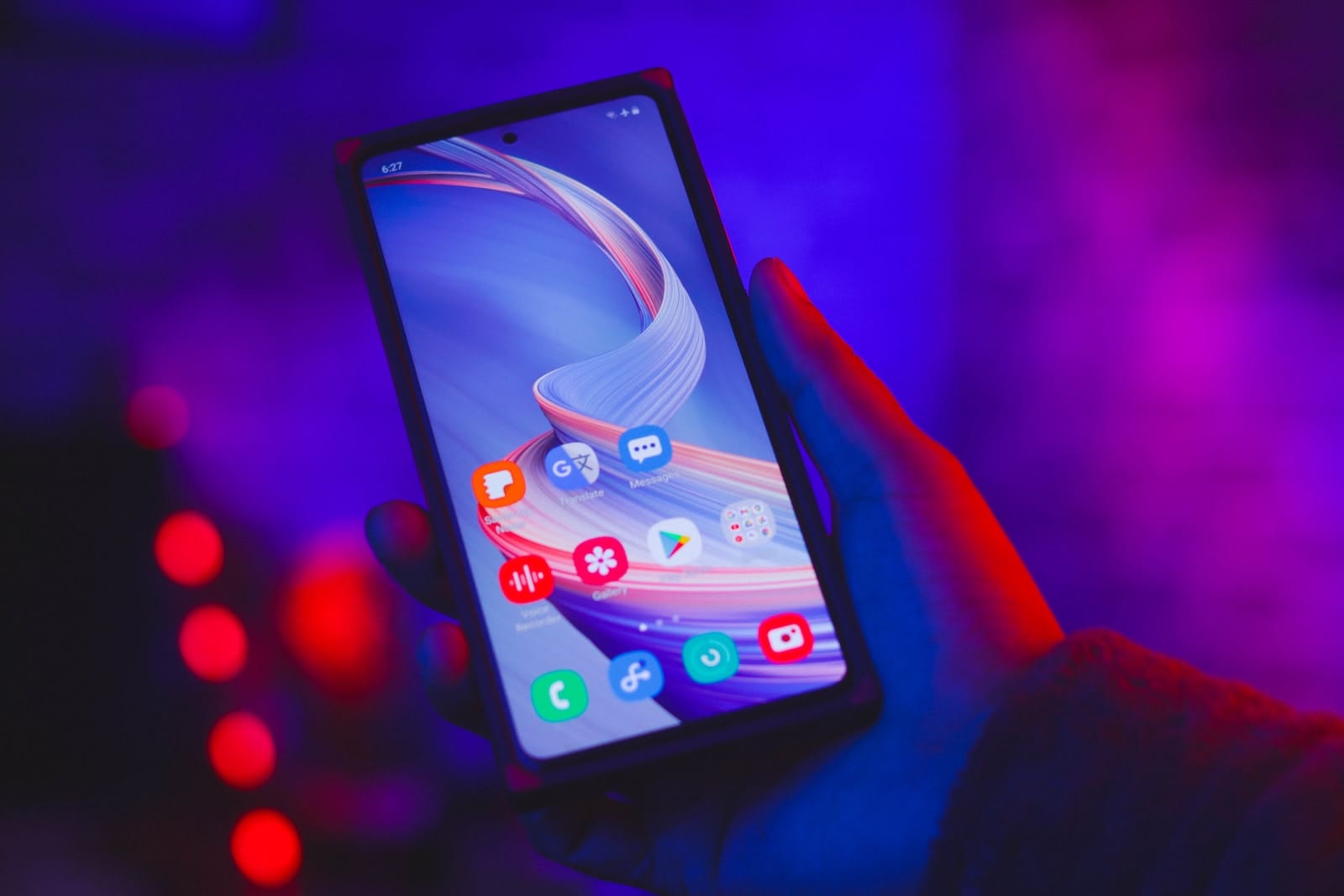Mindfulness in the Digital Age

Defined by the relentless march of technology, our lives have become more digital than ever before. The digital age has ushered in unprecedented convenience, but it has also brought along its fair share of challenges. One of the most pressing issues we face today is the need to maintain mindfulness in the midst of a constant stream of digital distractions.
In this article, we’ll explore the concept of mindfulness in the digital age, backed by statistics and scientific research, to help you strike a balance between the benefits of technology and the need for mental well-being.

We don’t run ads or share your data. If you value independent content and real privacy, support us by sharing.
Understanding Mindfulness
Mindfulness, at its core, is the practice of being fully present in the moment, without judgement or distraction. It involves paying attention to your thoughts, feelings, and surroundings, fostering self-awareness, and achieving a state of mental clarity. The question is, how can we cultivate this precious skill in an age dominated by smartphones, social media, and digital devices?
Before exploring mindfulness, let’s examine some eye-opening statistics to grasp the magnitude of our digital dependence:
- Smartphone Usage: According to a survey by Pew Research Center, 81% of Americans own a smartphone, and they spend an average of 4.2 hours per day on their devices.
- Social Media: Data from GlobalWebIndex indicates that people spend an average of 2 hours and 22 minutes on social media platforms every day.
- Multitasking: A study published in the Journal of Experimental Psychology revealed that multitasking on digital devices can reduce productivity by as much as 40%.
The Digital Mindfulness Paradox
In the midst of this digital deluge, the need for mindfulness becomes evident. Paradoxically, technology itself can aid in fostering mindfulness. Here’s how:
- Mindfulness Apps: There has been a surge in mindfulness and meditation apps such as Headspace and Calm, offering guided practices to help individuals become more present and self-aware.
- Wearable Technology: Wearables like smartwatches can send reminders for mindfulness breaks and track biometric data, helping users better understand their physical and mental states.
Several scientific studies have explored the impact of mindfulness practices in the digital age:
- Reduced Stress: Research published in JAMA Internal Medicine found that mindfulness meditation programs can reduce symptoms of anxiety, depression, and stress.
- Improved Attention: A study published in the journal Psychological Science showed that mindfulness training can enhance attention and cognitive performance, which is especially crucial in the age of digital distractions.
- Enhanced Well-being: A review published in the journal JAMA Psychiatry concluded that mindfulness-based interventions are associated with improvements in psychological well-being and the reduction of symptoms related to various mental health conditions.
Practical Tips for Digital Mindfulness
- Set Boundaries: Establish designated times for checking emails and social media to prevent constant interruptions.
- Digital Detox: Regularly disconnect from digital devices to reset and recharge your mind.
- Mindful Tech Use: Use technology mindfully by focusing on its positive aspects, such as meditation apps and educational resources.
- Mindful Breathing: Take short breaks to practise deep breathing and reset your focus.
In the digital age, mindfulness is not an option but a necessity for maintaining mental well-being. Despite the overwhelming presence of technology in our lives, we have the power to strike a balance between our digital interactions and our inner selves. The statistics and scientific research underscore the importance of incorporating mindfulness practices into our daily routines. By doing so, we can navigate the digital age with greater clarity, presence, and overall well-being.
